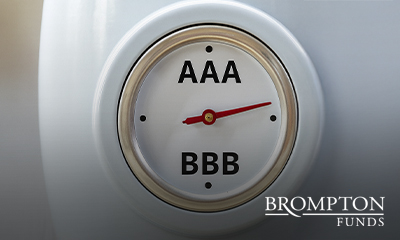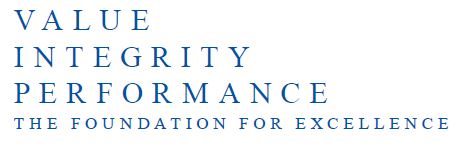May 2, 2025 |
| On April 2, 2025, former President Donald Trump announced sweeping reciprocal tariffs targeting major U.S. trading partners, including China, the European Union, and Japan. This sparked an intense sell-off across global markets. Over the following two days, S&P 500 Index lost $5.8 trillion in market cap, this marked one of the largest two-day loss in U.S. market history1. Even after the recent market recovery as of April 23, 2025, the S&P 500 Index is still down 12.5% from the February 19, 2025 peak2 and S&P/TSX Composite Index is down 5.2% since the January 31, 2025 peak2.
The recent equity market correction may present an attractive entry point for Class A shares and may provide investors an opportunity to invest in these sectors and themes today at attractive prices.
Class A shares: Proven outperformance after market correctionsSplit Corp Class A shares have historically outperformed after major market corrections due to their structural leverage and portfolio holdings in high-quality dividend-paying stocks. Class A shares benefit from embedded leverage in split-share corporations. When the underlying portfolio rebounds, Class A shareholders receive an accelerated appreciation of assets after covering fixed obligations to Preferred shares. A majority of Split Corp portfolios concentrate on stable, dividend-paying companies in sectors like financials and utilities. These stocks tend be the leaders in their respective industries and recover faster after the major market downturn. Using Brompton’s Dividend Growth Split Corp. Class A (Ticker: DGS) as an example, the chart below illustrates how DGS Class A shares have provided investors with out-sized 1 year forward total return over the past 20 years following major market corrections3: |
|
|
Understanding Split Share Corporations and Class A SharesSplit Share corporations have a dual-class structure that separates capital preservation (Preferred shares) from growth-oriented participation (Class A shares). Class A shares enjoy an enhanced participation in the capital returns of the Split Share corporation’s investment portfolio as a result of the fund’s structure. Class A shareholders gain exposure to the performance of the entire underlying portfolio, while Preferred Shareholders are entitled only to its dividend and a return of capital at the end of term. For example, if a $20 investment portfolio is split into a $10 Class A share and a $10 Preferred share, and the investment portfolio grows by 10% or $2, then all of the growth accrues to the Class A share, which represents a 20% increase ($2 appreciation on a $10 Class A share) in value. In this simple example, the market value of the portfolio went up by 10% but the Class A share increased by twice the amount, or 20% due to the structural leverage of the Split Corp. The Preferred Share in a Split Corp typically has a par value of $10 and due to its preferential features, do not participate in the investment portfolio upside beyond the $10 par value. Therefore, the Class A share’s enhanced equity return participation is the main driver for the Class A Shares’ long-term outperformance. Brompton’s ApproachBrompton Split Corp. Class A Share ETF ( Ticker: CLSA) and Class A shares issued by Brompton’s Split Share funds provide attractive monthly income and enhanced long-term growth potential through investing in commonly held, high quality dividend stocks, like Canadian banks, lifecos, and large-cap dividend growers. |

Chris Cullen
Senior Vice President, Head of ETFs
Joining Brompton Group in March of 2006, Mr. Cullen is a CFA charterholder and is a member of the Toronto CFA Society. He graduated with a Bachelor of Applied Science in Chemical Engineering and Applied Chemistry from the University of Toronto and a Master of Business Administration from the Rotman School of Management, University of Toronto.








